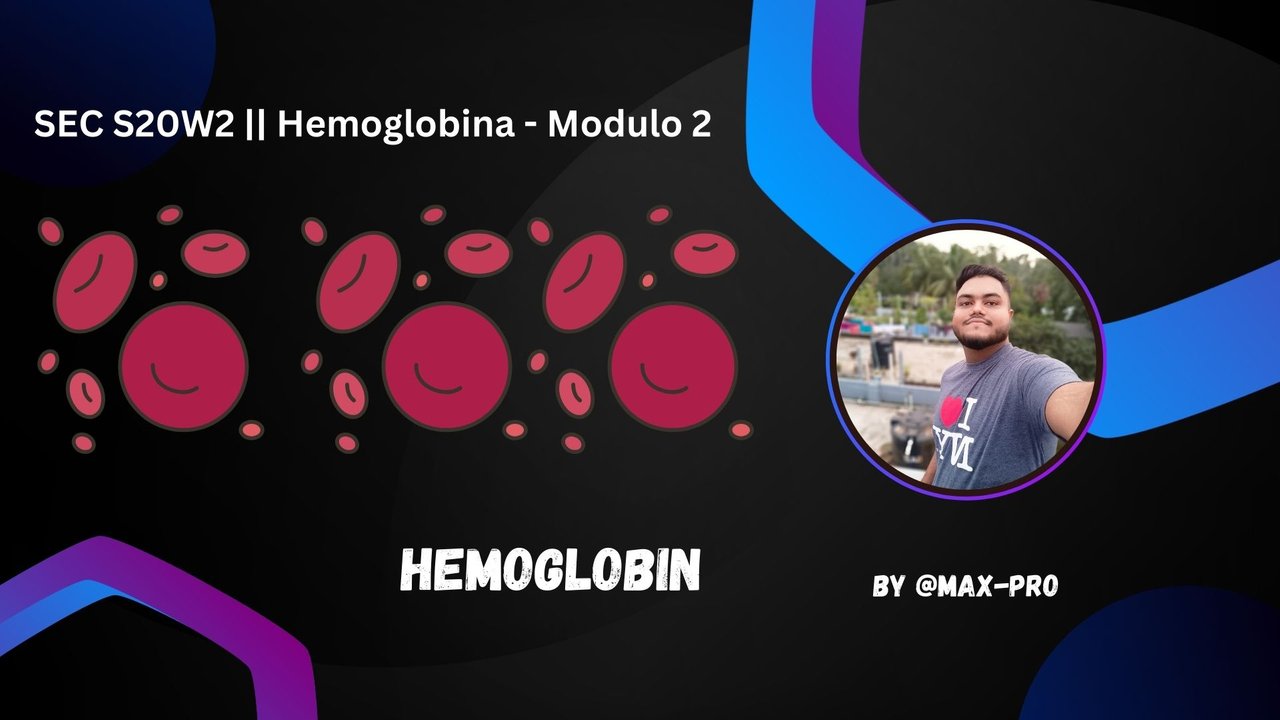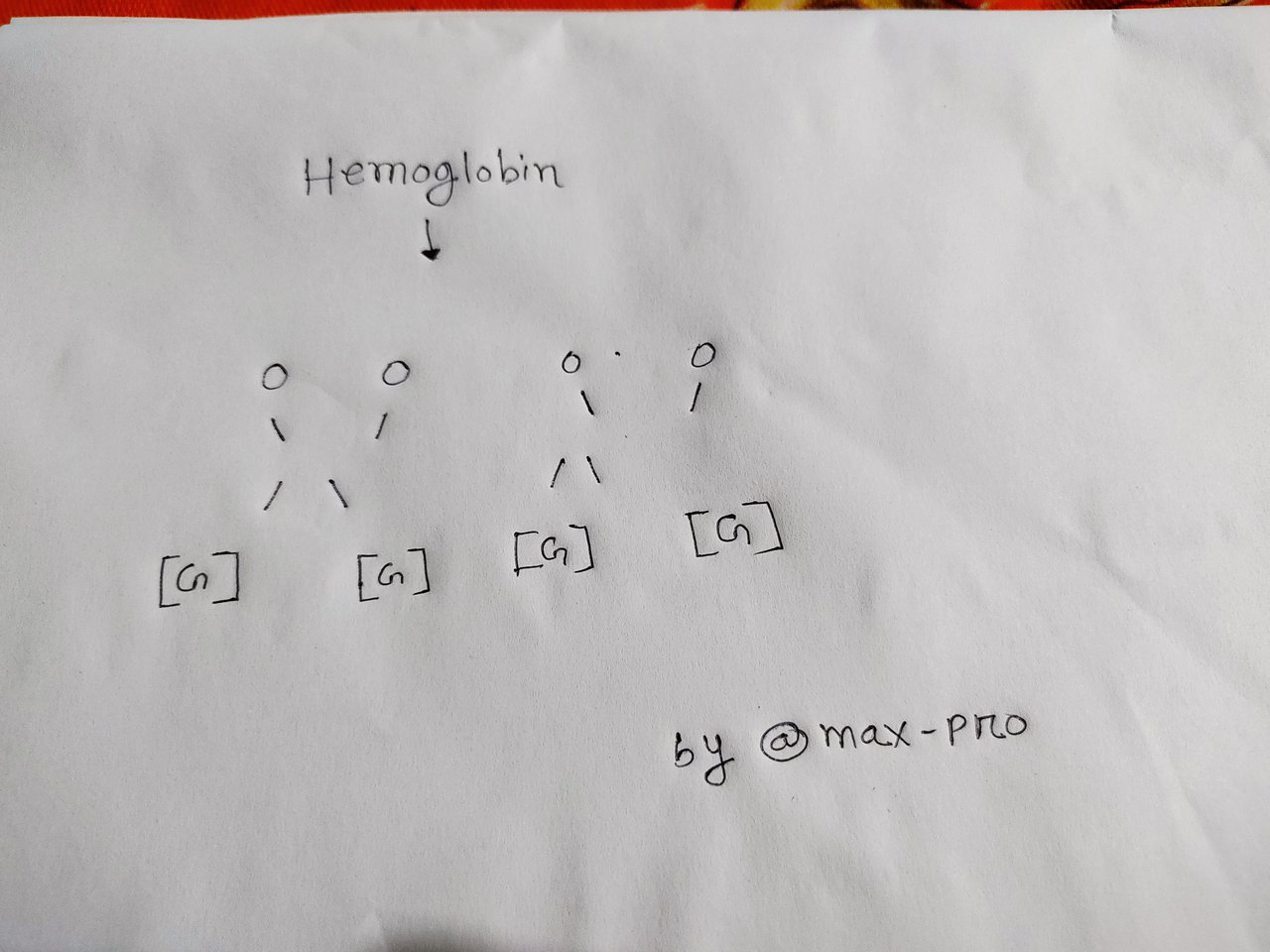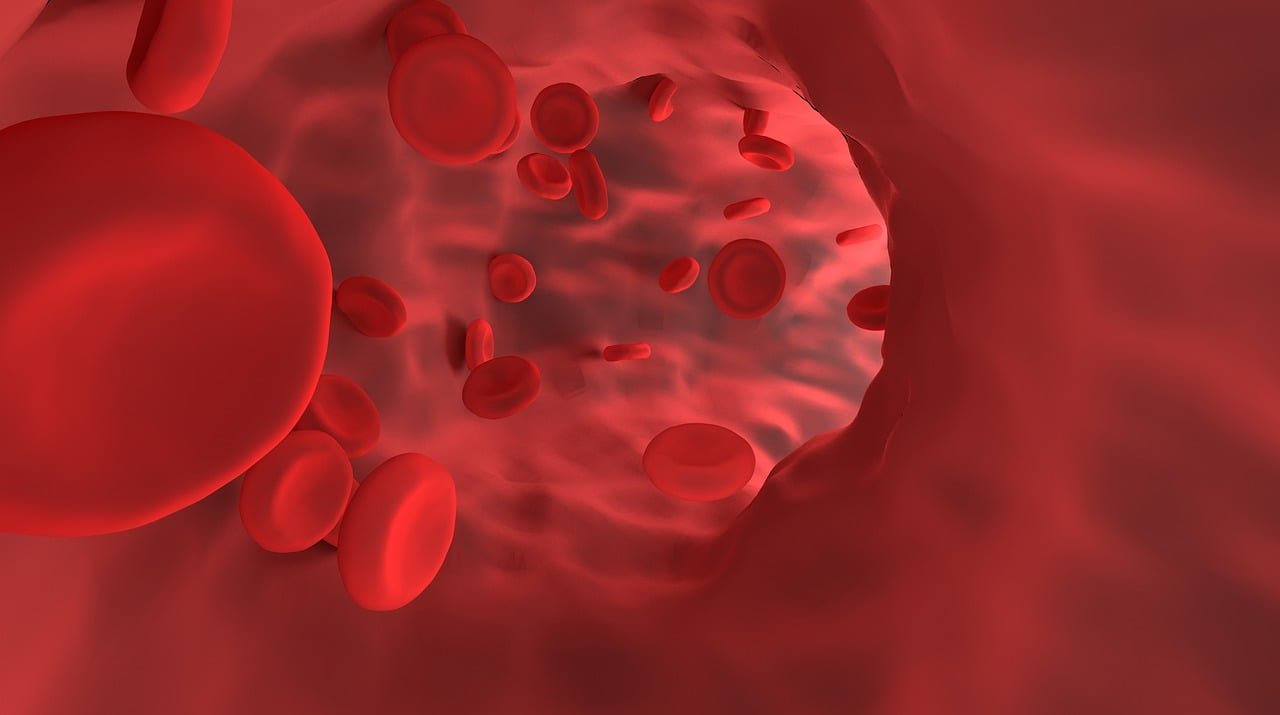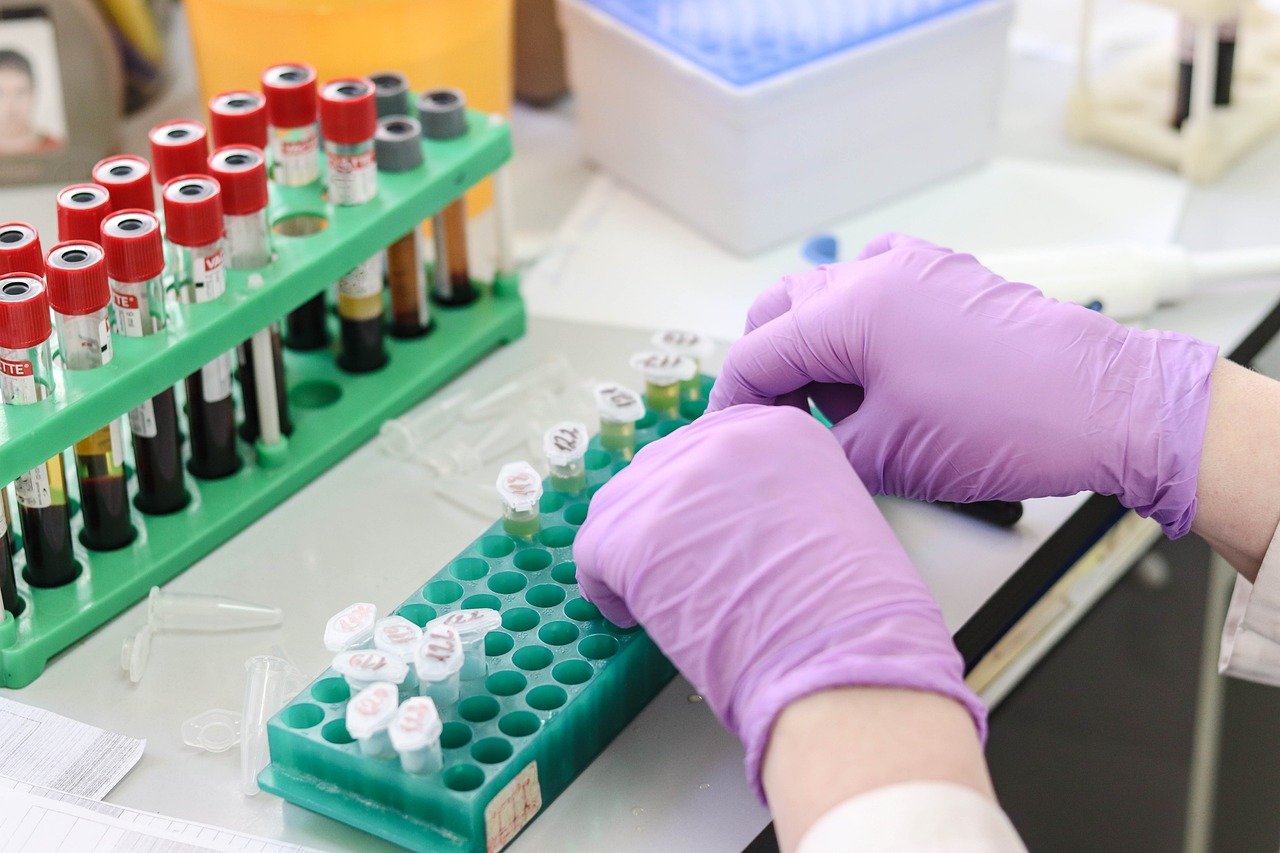SEC S20W2 || Hemoglobina - Modulo 2
7 comments
Wishing everyone good health. Hope you are all well and enjoying the 2nd week of engagement contests. That's why I came here to take entry with great pleasure. Today's topic is SEC S20W1 || Hemoglobina - Modulo 2. So I will go deep into the discussion by answering a few questions on this topic.
 Design with Canva
Design with Canva
Death of Raphael Rangel :-
Rafael Rangel was a prominent Venezuelan scientist who made significant contributions to the fields of bacteriology and parasitology. He pioneered research on infectious diseases and parasites in Venezuela, and his work played an important role in developing the country's public health system.
Although his death is considered mysterious. It is known that he committed suicide in 1909 at the age of 31. There are several theories as to the cause of his death. Rangel faced some professional and personal problems during his career and these problems are believed to be the main reason for his suicide. Some researchers believe he was suffering from stress and depression. His death was a very sad event as he still had the potential to contribute a lot to science.
Describe hemoglobin :-
Hemoglobin is a type of protein present in red blood cells. It plays an important role in carrying oxygen in the blood and removing carbon dioxide. Hemoglobin carries oxygen from the lungs to various body cells and takes up carbon dioxide there. which is then excreted in the lungs. Hemoglobin contains iron, which gives blood its red color.
Structure of Hemoglobin : Structure of hemoglobin is a complex protein, made up of four subunits or polypeptide chains. Hemoglobin has two basic components which are mentioned below.
Heme group : It is formed by iron ion (Fe²⁺). Oxygen binds to iron ions in heme and thus hemoglobin transports oxygen to different parts of the body.
Globin part : Globin is the protein part that holds the heme group and helps stabilize the structure of hemoglobin. Normally human hemoglobin has four globin chains – two α (alpha) and two β (beta) chains.
The basic picture of hemoglobin is that it is a convoluted structure consisting of four polypeptide chains and the heme groups attached to them. In general it looks like a sphere where each chain has a globular shape and the four chains together form a three-dimensional structure. Here I show a simple drawing.

Here [G] represents each globin chain, and O denotes each heme group. This image is very basic and a more detailed and accurate three-dimensional model is needed to understand the exact structure of hemoglobin.
Automated Hematocrit vs. Manual Hematocrit
Both automated hematocrit and manual hematocrit are used to determine the percentage of red blood cells (RBC) in a blood sample. But there are some differences between them. The four differences among them are process, speed, accuracy and danger. Below they are discussed serially in detail.
| Automated hematocrit | Manual Hematocrit |
|---|---|
| Process : It is done entirely by machine, where an automated hematology analyzer is used. This machine measures various blood components like red blood cells, white blood cells, hemoglobin etc. quickly and accurately. | Process : Red blood cells and plasma are separated by manually centrifuging the blood sample. The volume of the red blood cell layer is measured and calculated as the hematocrit. |
| Speed : Automatic method gives very fast results. | Speed : This method is time consuming, as centrifuging and measuring are done manually. |
| Accuracy : Automated hematocrits are generally accurate and show very little variation in results when repeated tests are performed. | Accuracy : Manual methods may be somewhat less accurate because of human error or variation. |
| Danger : Small changes or variations in blood samples are usually over-detected by automated processes. | Danger : Results can be somewhat variable with manual methods, especially if proper procedures are not followed. |
Explained a real life example with the concept of hematocrit
I have seen very few such problems. But one of our village name is Khalek Mia. He is a farmer who works long hours. Recently he felt that his body is weak and fatigue is increasing. The doctor at the hospital asks Khalek for a blood test to measure his hematocrit level. Hematocrit is the percentage of red blood cells (RBC) in the blood compared to the total blood volume.
Khalek Mia's hematocrit level however came low. It was 35% (where the normal range is 40-50%), but indicated that she had a low red blood cell count and could be anemic. So if Khalek has a low hematocrit level, it is thought to be the cause of his fatigue. Without red blood cells, the body does not receive enough oxygen, resulting in reduced energy and reduced performance.
The doctor asked to take appropriate steps for his treatment. Such as dietary changes, iron supplements or any other treatment needed. Doctors recommend iron tablets or copper (ferrous sulfate, ferrous gluconate) as medicine. So if anyone else is facing such problem they should consult their doctor so that they can determine the exact cause through appropriate tests and make a proper treatment plan.

So I am Inviting my lovely Steemian friends @patjewell,@irawandedy, @o1eh, @shohana1, @sushanta83 to Participate in this Competition.


Comments